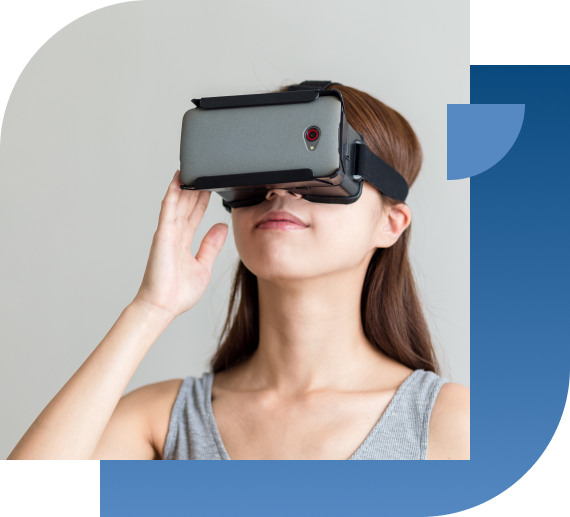
Virtual Reality headsets have been a popular Christmas item for the past few years- even more so with the release of the Oculus in 2016- the most popular (and expensive!) VR mobile headset available.
VR headsets are made up of two LCD monitors (each projected at one eye). This creates a stereoscopic effect and gives the user the illusion of depth. Because of the proximity to the eye, there is always a concern for possible negative effects.
Most manufacturers have put a warning in place for children while using VR headsets. This is due to a child’s visual system continuing to develop, and how extended exposure to VR can cause problems with focussing, tracking and depth perception. However, VR headsets are no more damaging to the eyes than smartphones and tablets. They pose the same risks, like eye strain, fatigue, discomfort and blurred vision. Like when using other digital devices, you tend to blink less while using a virtual reality headset. So it is important to take breaks and allow the eyes to rest, as well as ensure you are blinking enough (15-20 times per minute). This will also help alleviate any dry eye symptoms or discomfort you may experience.
VR can also be used to aid in improving visual acuity in amblyopic patients, enhance hand-eye coordination, depth perception and reaction time. Virtual Reality is still a relatively new technology, which is constantly advancing. For safe use, follow all warnings, limit screen time and ensure that children have regular, comprehensive eye exams.


